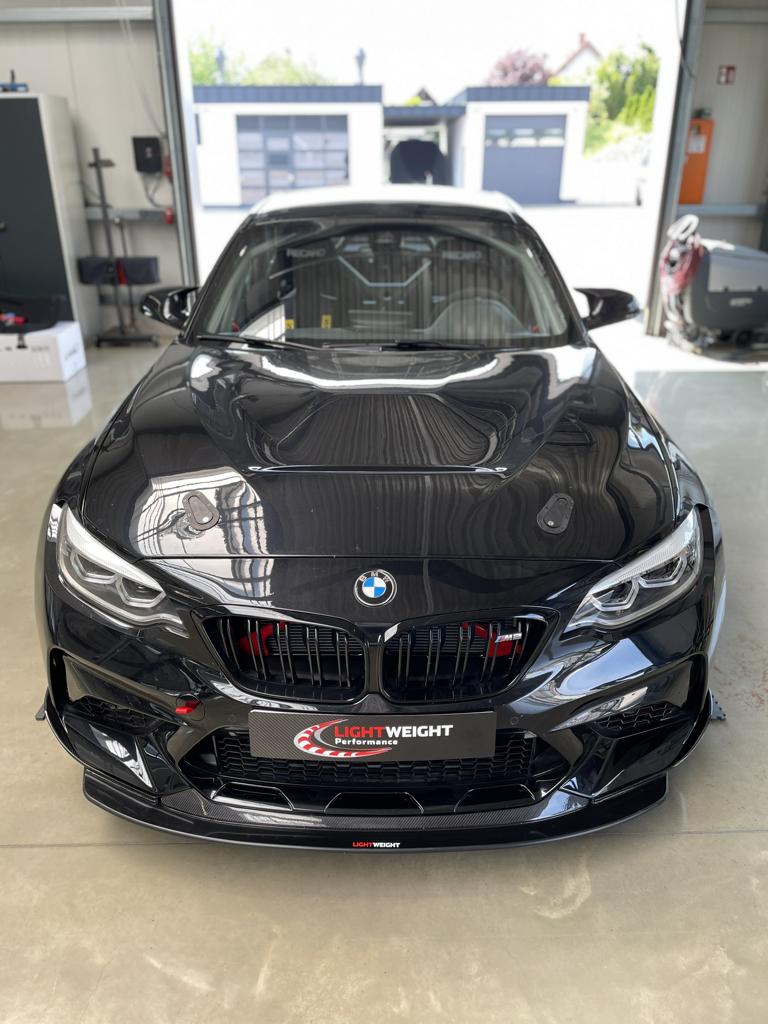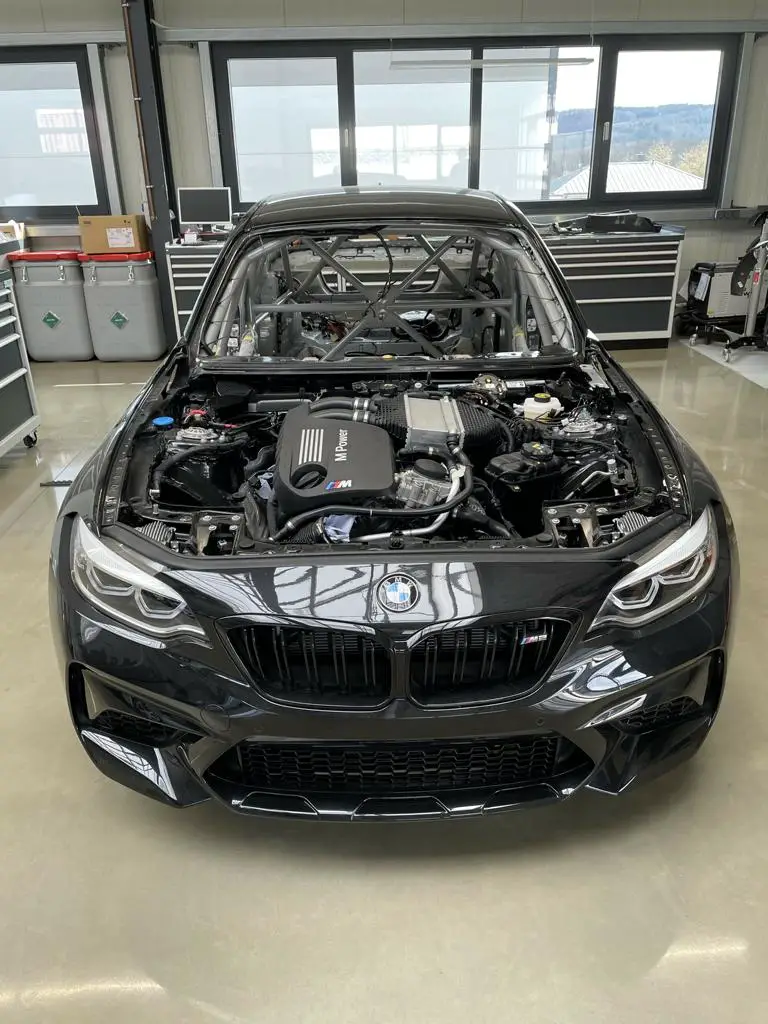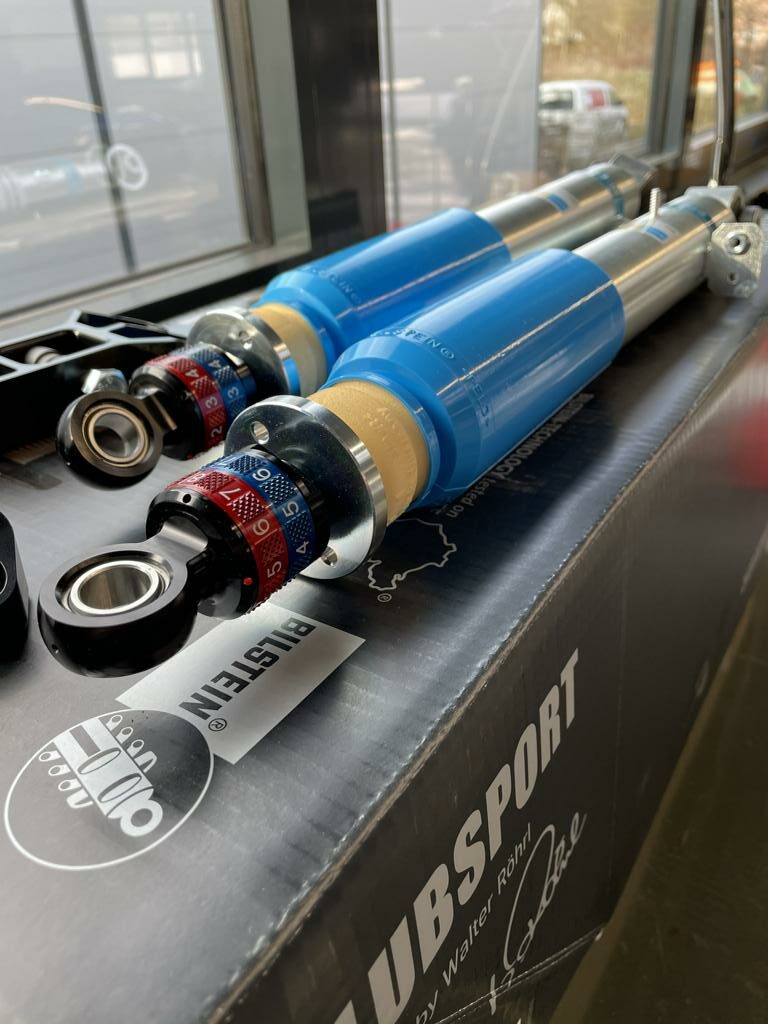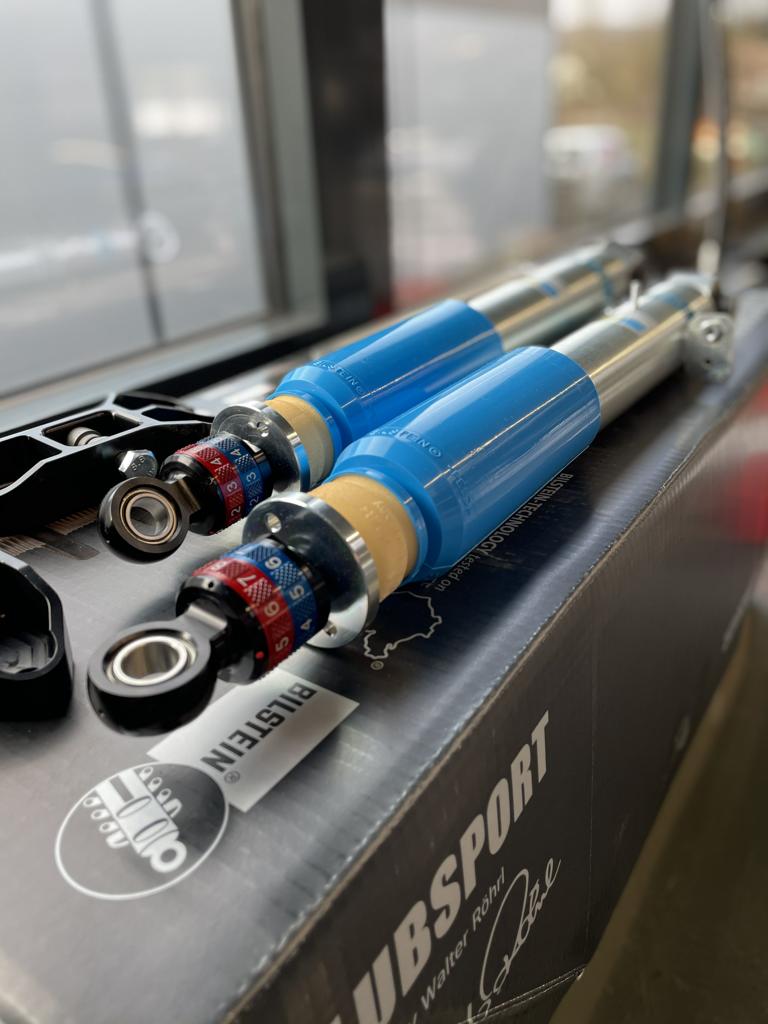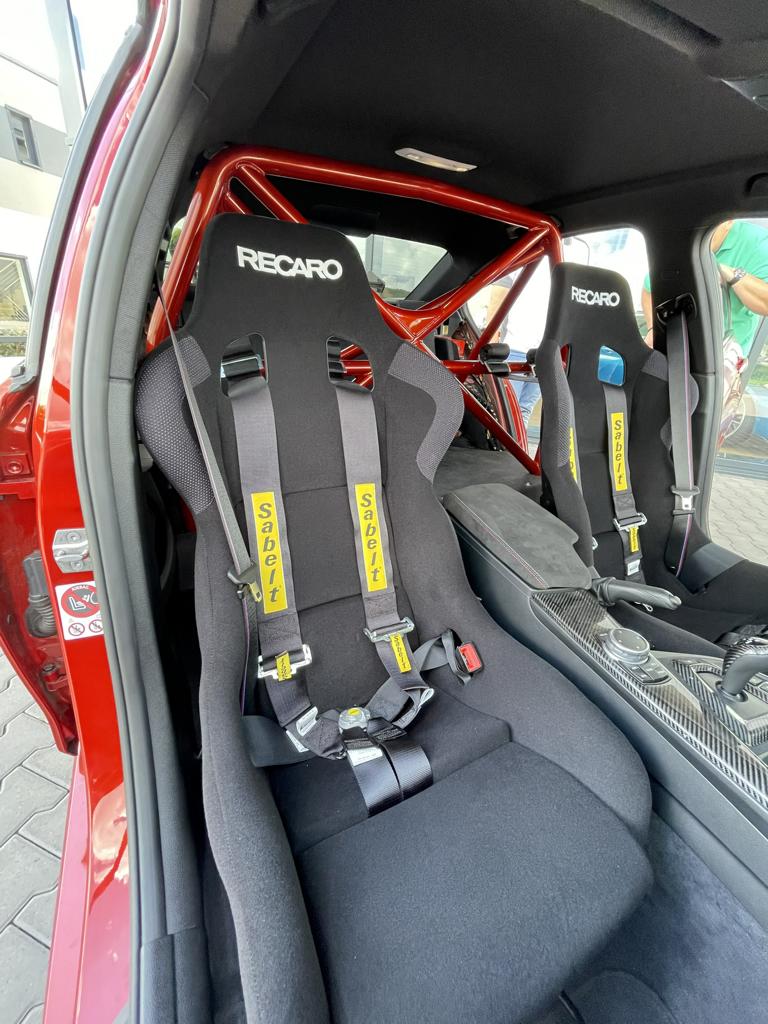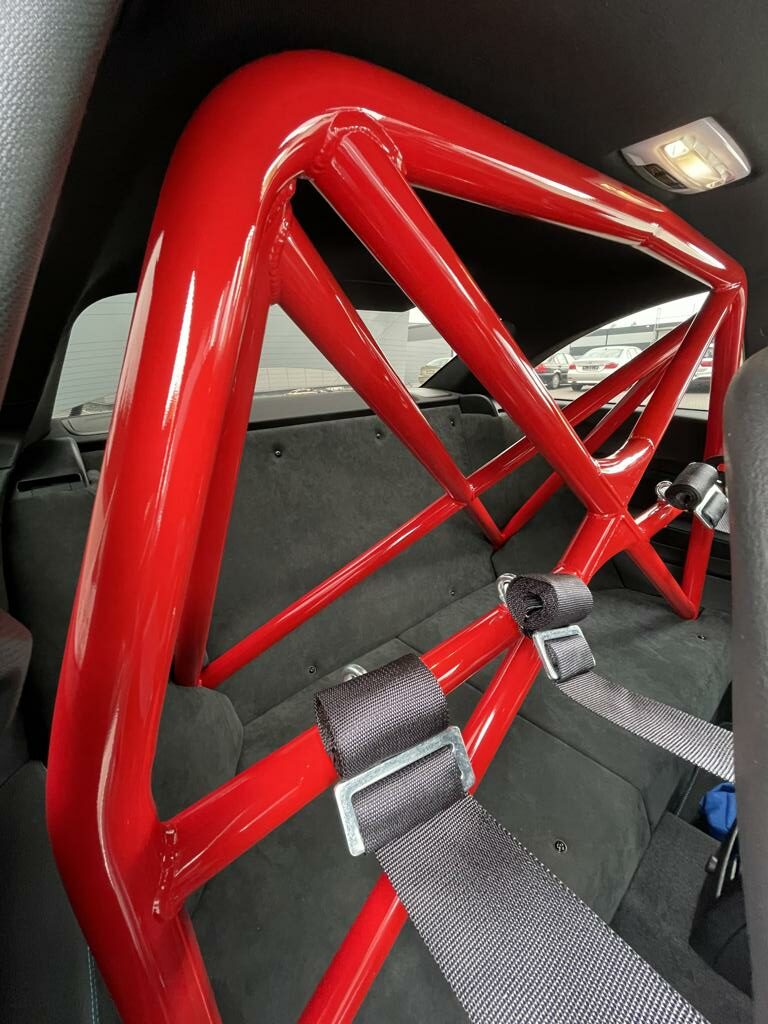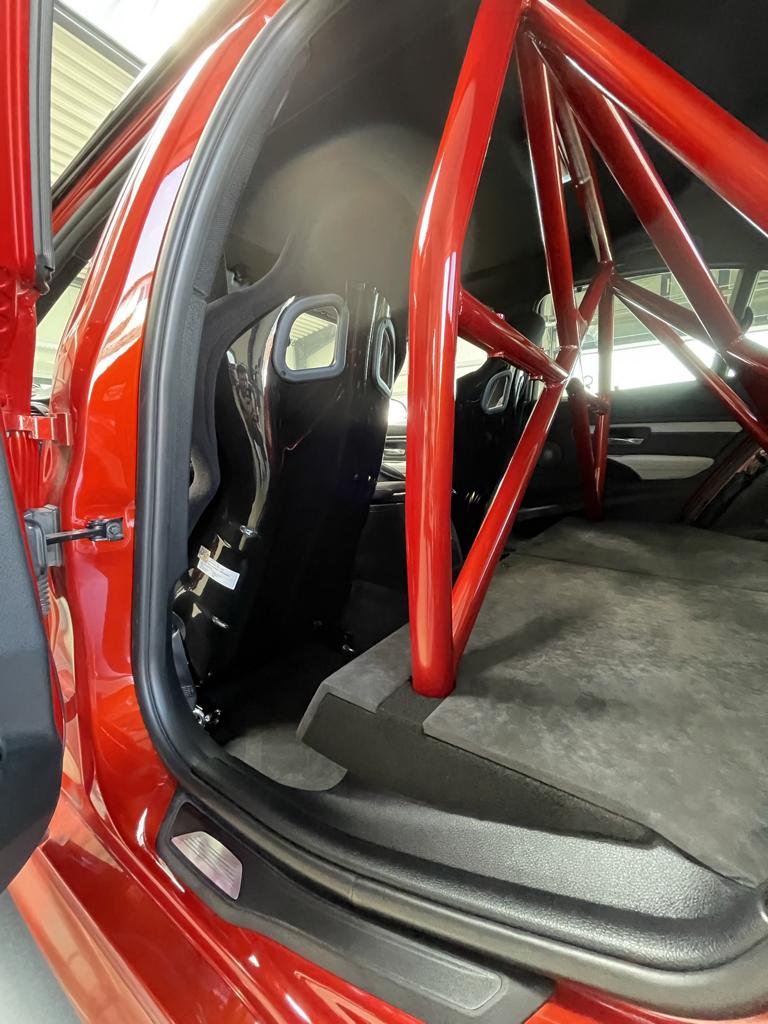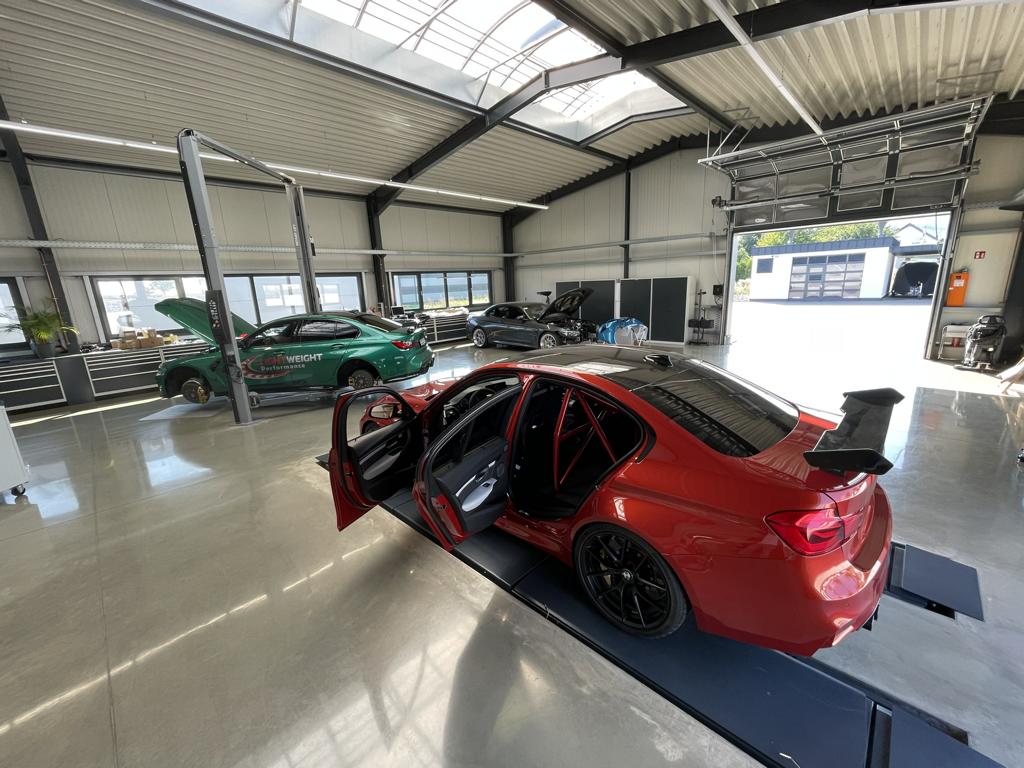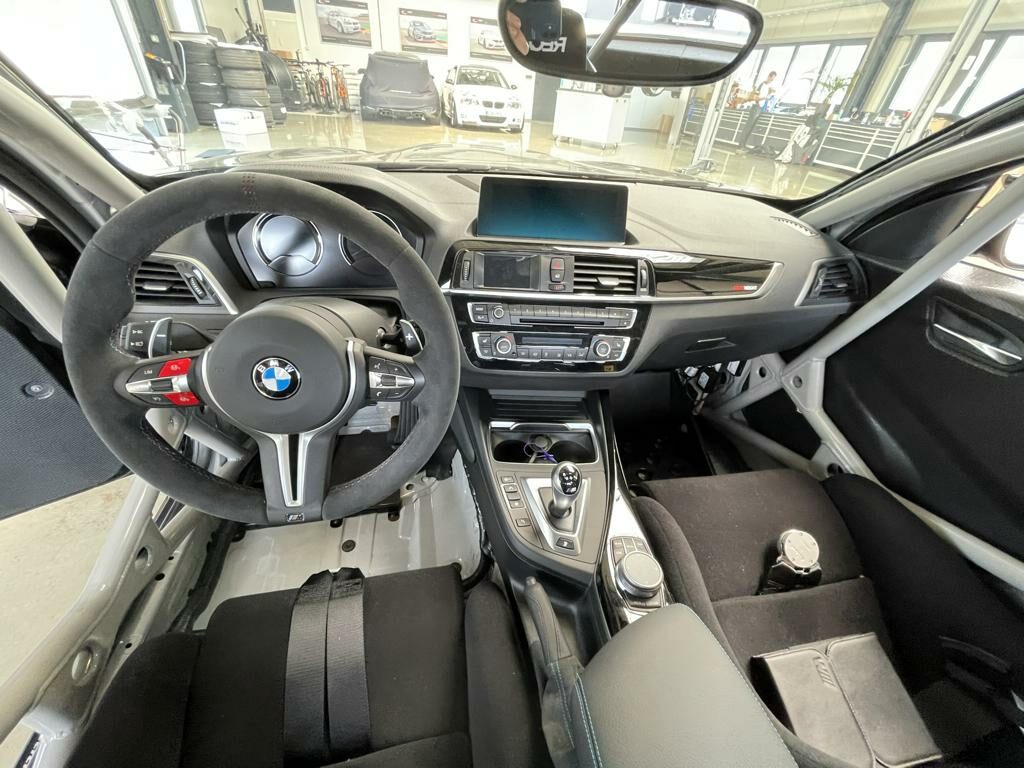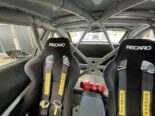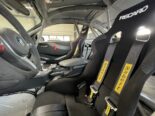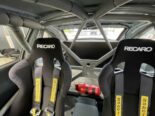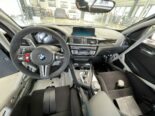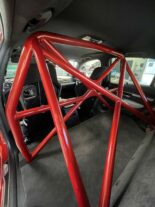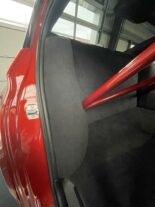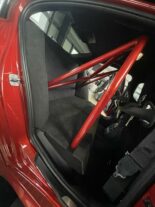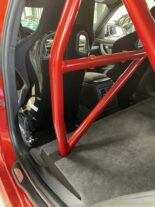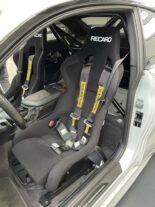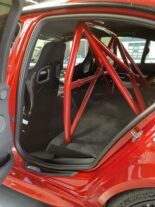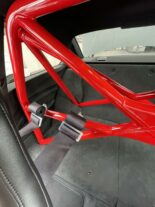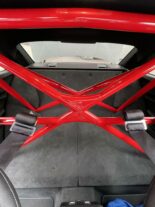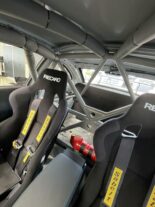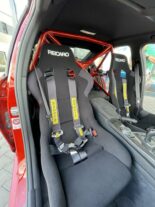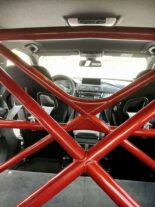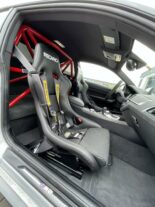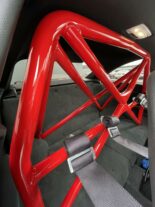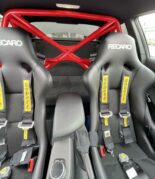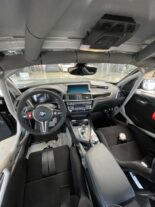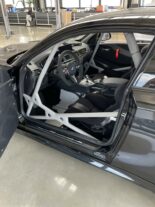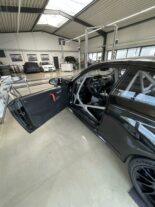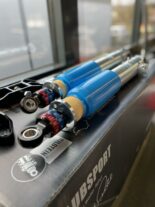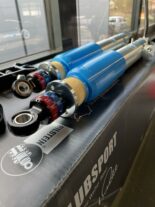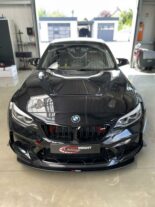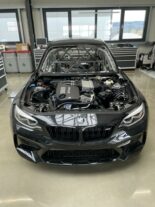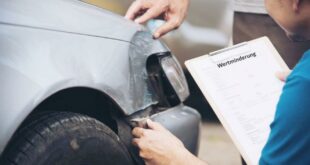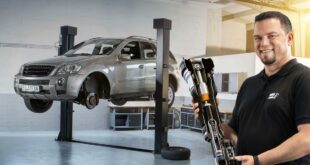It has been a term that has been heard in tuning and motorsport circles for a number of years now: club sport. But what does this term, which is located in the border area of the two communities, actually hide? First of all: "Clubsport" is neither protected nor defined by official regulations. You will hear different opinions from different experts. We visited the Lightweight Performance guys at their headquarters, who, as far as the BMW segment is concerned, play in the top club sport league and have already built and converted several dozen club sport vehicles in their “competence center” in Sinn-Fleisbach, Hesse – especially those based on the F87 M2 / M2 Competition, which is extremely popular in the Clubsport community. Among them were noble specimens like the "Finale Edition" and radical hits like the LW M2 CSR. Lightweight founder and owner Marc Müller, himself a petrolhead with many years of racing experience, defines: "For me, a Clubsport vehicle is a sporty car that has been optimized for track use, but which does not just drive to the racetrack on its own axis but also remains suitable for everyday use - possibly with restrictions in terms of comfort and usability of seats and luggage compartment. This requires perfect TÜV conformity, and the option of retrofitting the modifications is ideal."
Clubsport "ex works" or retrofitted
Basically, two different types of Clubsport vehicles should be distinguished at this point: Those that were "track-ready" in the dealership, so to speak - for example, the Porsche 911 GT3 RS or BMW M4 GTS - and those that only became available through subsequent upgrades and conversions for prepared for use on the racetrack. As an ideal starting point for the latter, of course, offer sporty series models such as the M2 mentioned at the beginning or the M4. “Depending on your budget and taste, you can then deal with these more or less laboriously: We have already put Clubsport cars on the wheels whose changed character was practically invisible. As a next step, noble conversions in the style of the M4 GTS, for example, are possible, which allow initial conclusions to be drawn about the performance of the car. And at the other end of the scale there are radical club sport track tools, for example with large areas of carbon or even empty interiors. While the technical transitions are fluid, for me TÜV and road approval form the hard cutting edge from a club sport vehicle to a thoroughbred racing car.”
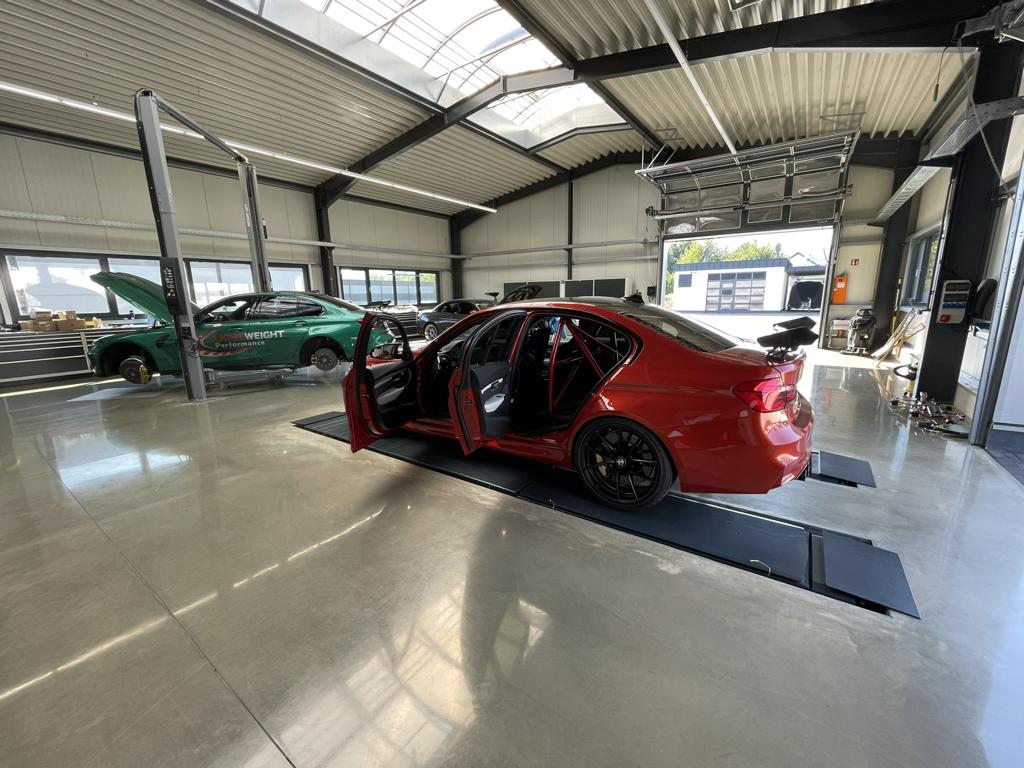
But where should you start with club sport tuning? "Many customers first ask about an increase in performance before they want to take their M automobile to the race track," says Marc Müller with a smile: "We then ask such customers for a detailed consultation to explain our priorities with regard to Clubsport upgrades . As a rule, the end result is a completely different order. With vehicles in this league, optimizing the power-to-weight ratio is really far down on our to-do list, which is graded according to the need for action.”
1. The landing gear
At the forefront, however, is the targeted optimization of the chassis. “Adjustable rebound and compression damping, with which an application and driver-specific setup can be created, are absolutely mandatory in the club sport area. Because such individual adjustments are absolutely essential, off-the-shelf setups are almost never ideal,” explains Marc Müller: “Nice to have is also the possibility of adjusting the camber of the wheels, the track can be corrected via the vehicle. When choosing the right suspension upgrades, the customer ultimately has to ask himself the question: How much do I want to be able to influence myself and what can I realistically deal with?
Because of course we are happy to work out a suitable basic setup with the customer in the passenger seat, but with too many adjustment options they are often overwhelmed afterwards. We therefore mainly rely on Bilstein Clubsport chassis, which are relatively easy to handle with their noticeable clicks. In the past, strut braces, stabilizers and bushings were often upgraded. However, what was still extremely important in the days of the E36 M3 and Co. hardly plays a role today in view of the significantly more powerful series technology.”
2. Brakes, seats and rollover technology
"Once the chassis has been optimized, there are two different upgrades that we recommend as the next step," the expert continues: "On the one hand, the brake system. Don't get us wrong: the M brake systems are excellent, so replacing the calipers and discs is practically unnecessary. However, beginners in particular, who still lack experience in using the technology efficiently, tend to overstrain their brakes on the track, i.e. overheat. The standard brake pads then quickly become too hot and become vitrified: as a result, they simply become rock hard, which means that on the one hand the braking performance decreases rapidly and on the other hand the discs break quickly. The solution here is: brake pads. We now have our own Clubsport brake pads (designation: LWP1) with a medium coefficient of friction in our range, which, in contrast to many thoroughbred motorsport pads, are street legal, do not cause their typical squeaking and are more snappy and more stable than standard pads. Their properties are similar to those of the pads used in long-distance racing: they can withstand high temperatures over a long period of time and also offer a very good coefficient of friction when cold. Other sensible upgrades to the brakes can be a targeted supply of fresh air for cooling, such as that which is brought about with our cooling kit. In addition, steel braided brake lines ensure a more defined pressure point and lower braking power losses than normal lines, which sometimes become loose under high loads can stretch. Advanced drivers also rely on high-boiling brake fluid.”
"However, a good seat is just as helpful and useful as an optimized brake system," adds Oliver Lindstedt, Sales Manager at Lightweight Performance. "Because such a system keeps the driver securely in his place, even during large lateral accelerations, without him having to support himself for support. If you have to really hold on to the steering wheel, you will never get a clean line. A relaxed, relaxed sitting position can easily make you a second faster per lap. That's why we primarily use Recaro sports bucket seats, which we like to mount on our in-house consoles. With the latter, the seats can be installed around 2,5 centimeters lower without any welding work. On the one hand, this lowers the center of gravity of the driver's weight and, on the other hand, increases headroom, which can be particularly important when driving with a helmet. In addition, the consoles offer the option of attaching 4 or 6-point belts to them in just a few minutes, which can then be used as an option for the standard belts and offer a significant increase in safety in the motorsport environment. For road use, it is just as easy to switch back to the more comfortable OEM belts. Rollover protection is of course essential for safety on board. At least we are talking about a rear-supported, screwed-in bar, which is even regularly referred to as a clubsport bar. This is expanded in the screwed-in roll cage with side protection and struts. A welded-in safety cell is even significantly safer – and also beneficial to vehicle rigidity. However, the immense effort required for their installation is rarely done in the club sport sector. "
3. wheels
"The third and next important point are the wheels," Marc Müller introduces the next chapter: "Because the contact surface of the tires is smaller than you think - and yet it is the only connection between the car and the asphalt. So everything has to fit here. We recommend at least UHP, better dedicated sport tires. If it becomes apparent that the Clubsport vehicle will mainly be driven in the dry, semi-slicks are also a good option, but in the wet they are quickly at a considerable disadvantage.” second wheel set intended exclusively for track use makes sense, which means that the compromises between suitability for everyday use and track performance can be avoided.
"When choosing rims, the weight should be factored into the purchase decision before the design," says Marc Müller. There is no more efficient way to save weight, as every kilogram of unsprung and rotating mass weighs four times as much – in the truest sense of the word. Lightweight wheels make the vehicle noticeably more agile in terms of longitudinal and lateral dynamics. It doesn't even have to be forged rims, there are now also very light flow forming and even cast rims, for example from Protrack. They are MUCH cheaper than elegant forged rims – and on the race track, for example when curb robbing or a trip to the gravel bed, a rim can quickly be ruined.”
4. Power-to-weight ratio
Only when the chassis, seating system, brakes and wheels are "finished" does the Lightweight specialists approach the issue of performance for the first time. Or, to put it better, the power-to-weight ratio, because the ratio of the vehicle's weight to the vehicle's weight determines its potential for driving dynamics much more than the nominal number of horsepower. On the contrary: While additional power ONLY benefits the car in terms of its longitudinal acceleration, the kilograms saved have an effect both when accelerating, braking and cornering - so they are all the more valuable. Significant weight savings can be achieved on the one hand by financially favorable “omissions”, for example of interior components, and on the other hand by replacing conventional vehicle parts with lightweight parts. Here, however, it is important not to act haphazardly with tunnel vision at the bare numbers, as Marc Müller explains: "By emptying the interior, a hundredweight can be saved quickly and cheaply. But: Most of this mass is deducted 'at the back', which can mess up the vehicle's balance! Even if this can be ironed out to some extent by means of targeted chassis tuning, care should always be taken to save weight on the same axis as possible.
One possibility for this is, for example, the installation of a carbon roof skin, which saves around eight kilograms and at the same time shifts the vehicle's center of gravity downwards. The bonnet and boot lid made of carbon weigh around ten to eleven kilograms, as do windows made of polycarbonate plastic - it is important to be able to register all of these parts, which already disqualifies carbon doors, for example. A lot of weight can also be saved quickly and relatively cheaply with a lightweight battery, 20 kilograms can be stored here quite quickly.” Oliver Lindstedt adds: “The performance is then on the other side of the scale. When it comes to engine tuning, however, good drivability of the car is more important to us than the largest possible numbers. For this purpose, in consultation with the customer, we determine a torque curve that is tailor-made for the vehicle and driver and that suits their driving style. At the same time, we usually modify the vehicle's electronic control systems and program a later, smoother down-regulation. After all, after the upgrades to the chassis, tyres, brakes, etc., the vehicle has a far greater potential in the limit area and masters driving situations and lateral acceleration forces without any problems, which the series values of the sensors would no longer allow. The software of DCT and automatic transmissions is also adapted so that gear changes are quicker and softer at the same time - both are important for optimal road grip of the wheels at the limit."
5. Aerodynamics
Last point: the aerodynamics. While spoilers and wings are often at the top of the wish list when it comes to optical tuning, they only play a subordinate role in the recipe for a club sport vehicle. IF aero upgrades are installed, however, then the balance should also be considered here, as Marc Müller explains: “It is important that the changes in terms of lift/downforce are made on both axes in parallel. If, for example, an aerodynamically efficient front spoiler lip is installed - also available with a practical, extendable sword in the club sport area - then a rear wing should definitely be installed as well, which provides the appropriate downforce on the rear axle. Otherwise the driving behavior quickly becomes unbalanced.” Of course, there is still a great deal more to know about “Clubsport technology” – which, for reasons of space, was not rolled out in full here. Anyone who wants individual advice will undoubtedly find an open ear at LIGHTWEIGHT Performance. thanks to EUROTUNER / Sebastian Brühl for the community work.
Of course, that wasn't the end of it!
tuningblog has countless other articles on the subject of car and auto tuning in stock. Do you want to see them all? Just click HERE and look around. In part, we would like to provide you with news but also off the tuning. In our category Tips, products, information & Co We have reviews of car or accessories manufacturers, new ones Tuning Wiki Terms or one or the other Leak veröffentlicht. Just click on one of the following posts!
other related posts
|
Depreciation on a new vehicle - costs that are often neglected! |
If the running gear is deflated, BILSTEIN advises: observe the correct tightening torques! |
 tuningblog.eu Your magazine about tuning the car
tuningblog.eu Your magazine about tuning the car
